65 F. average high on May 2.
80 F. high temperature on May 2, 2015.
May 3, 1905: A 'mixed bag of weather' occurs in Minnesota. Western Minnesota is pelted with hail, while snow falls over the Arrowhead.
Enjoying a Supernaturally Quiet Spring - 80 Degrees by Friday
The older I get the less I take for granted. Like a supernaturally quiet spring in Minnesota. Cue the lightning and EF-5 tornado.
Think about it: we could be tracking tornadoes, swollen rivers or even blizzards in early May. On this date just 3 years ago shell-shocked residents of Blooming Prairie, Minnesota were digging out from 18 inches of snow. Meanwhile today's record high at MSP is 93F, set in 1949. It's still amazing (to me) that the same geography can have such wild swings from year to year.
El Nino has faded but its symptoms limp on; the wettest storms tracking south of Minnesota, sparking flooding rains along the Gulf coast.
A couple of tornadoes and funnels were spotted over southern Minnesota on April 24, but there have been no reports of wind damage or large hail. I'm not complaining.
Wisconsin stands the best chance of a late-day shower Tuesday; low 70s before a brief cool-down Wednesday. We warm into the low 80s on Friday before a gradual weekend cooling trend. Heavier, widespread rains are possible early next week.
Until then I'll be twiddling my thumbs, the Doppler unplugged. Which could be interpreted as very good news.

June Forecast to Trend (Slightly) Warmer Than Average.
The map above is the latest CFSv2 (Climate Forecast System) outlook for
June temperature anomalies, courtesy of NOAA CPC. Minnesota
temperatures are forecast to run 1-3F warmer than long-term averages,
the most extreme temperature anomalies forecast for far northern Canada,
continuing a trend we've been tracking for many months. Map:
WeatherBell.
IRI ENSO Forecast. Models show a rapid transition from El Nino warm phase to a (weak) La Nina cooling phase in the Pacific in the months to come. Here's an excerpt of an explanation at the International Research Institute for Climate and Society: "...The first plot (above) shows the ensemble mean predictions of each of the individual models, and also the average of the individual model predictions (the NMME). Here, the NMME average is not weighted by the number of ensemble members in the individual models. This plot is intended to provide some idea of the disagreement among the individual models. Corrections for systematic biases are not done. Predictions of ENSO are probabilistic. The ensemble mean prediction it is only a best single guess. On either side of that prediction, there is a substantial uncertainty distribution, or error tolerance..."
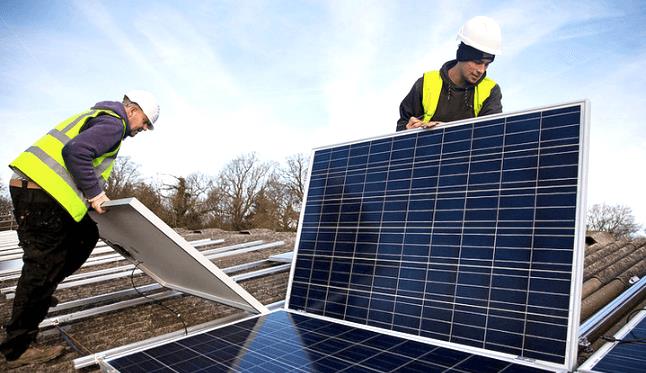
The Awe-Inspiring Growth of the U.S. Solar Industry. A few very interesting and encouraging statistical nuggets in a Huffington Post story; here's an excerpt: "...Solar’s costs have come down to the point that we regularly see contracts for utility-scale solar power under 5 cents per kilowatt-hour – making solar, in many cases, a cost-competitive option for utilities. Last year our country added more solar than new natural gas capacity for the first time ever – and you can bet it won’t be the last. In fact, there have been times this year when California, one of the world’s largest economies, has gotten third of its power from the sun. It hasn’t always been sunny on the road to a million solar installations. Although there is sustained double-digit market and job growth, there have also been naysayers, big-moneyed opposition, nasty electoral politics, and stumbles from an industry in its early stages..." (Image credit: Solar City).
Photo credit above: "Just Water’s bottle is made of 53 percent paper, sourced from trees that have been certified by the Forest Stewardship Council. The rest is plant-based plastic, along with a small amount of aluminum." Credit Nathaniel Brooks for The New York Times.
Photo credit: "Maybe the only place where climbing to the top of a nuclear silo is recommended." (Photo: Koetjuh/Public Domain).
TODAY: Sunny start, PM shower or T-shower possible. Winds: W 15-25. High: 71
TUESDAY NIGHT: Clearing and cooler. Low: 44
WEDNESDAY: Sunny and cooler, fresh breeze. Winds: N 10-20. High: 63
THURSDAY: Plenty of sun, turning milder. Winds: SW 8-13. Wake-up: 43. High: near 70
FRIDAY: Weekend starts early. Warm sunshine. Winds: SW 10-15. Wake-up: 52. High: 82
SATURDAY: Passing shower, cooler breeze. Winds: N 10-20. Wake-up: 60. High: 69
SUNDAY: More sun, the drier, nicer day of the weekend. Winds: E 7-12. Wake-up: 51. High: near 70
MONDAY: Showers return, chance of thunder. Wake-up: 53. High: 67
Climate Stories...
Photo credit above: "Photograph of Torsukatat Avannarleq, a tidewater glacier in West Greenland, with 2 visible sediment plumes at its terminus. These plumes are made up of glacier meltwater that has traveled under the glacier, gathering eroded material, and buoyantly floated to the surface after entering the ocean." This photograph was taken in July 2014 by Adam LeWinter, US Army Corps of Engineers, Cold Regions Research and Engineering Laboratory.
Arctic Sea Ice Monitoring Satellites Are Dying: Here's Why You Should Care. Here's an excerpt of an explanation from Dr. Marshall Shepherd at Forbes: "...Sea ice affects the large scale global ocean circulation patterns as well as weather patterns. Professor Tom Mote is a hydroclimatologist and head of the Geography Department at the University of Georgia. He studies Greenland and other cryospheric processes. He says,
The long-term record of sea ice, in particular, is important to our understanding of the Arctic. Reductions in sea ice amplify warming in the Arctic by increasing the absorption of sunlight (i.e., the ice-albedo feedback). Some scientists believe that a warmer Arctic may change the path of the jet stream, altering weather over further south, including the U.S. (See this paper for a summary of the literature).Climate models have been conservative with sea ice decline. They have underestimated the amount of change in many cases..."
Graphic credit above: "Actual decline vs model projections." Source: NCA2014.globalchange.gov
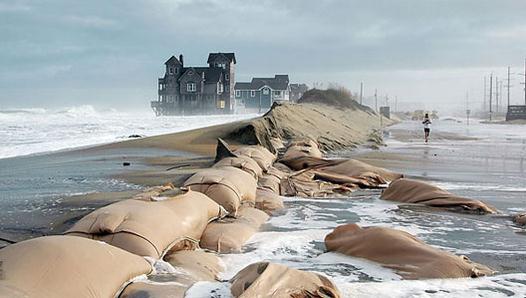
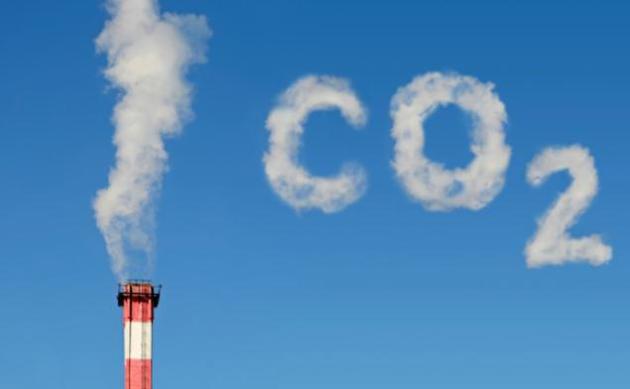
Researchers Aim To Put Carbon Dioxide Back to Work.
Will someone figure out cost-effective, scalable carbon sequestration? I
wouldn't bet against it. Here's the intro to a story at The New York Times: "Think,
for a moment, of carbon dioxide as garbage, a waste product from
burning fossil fuels. Like other garbage, almost all of that CO2 is thrown away — into the atmosphere, where it contributes to climate change.
A small amount is captured and stored underground to keep it out of the
air. But increasingly, scientists are asking, rather than throwing away
or storing CO2, how about recycling some of it? At laboratories around the world, researchers are working on ways to do just that. The X Prize Foundation has created an incentive, a $20 million prize for teams that by 2020 come up with technologies to turn CO2 captured from smokestacks of coal- or gas-fired power plants into useful products..."
Impact of Warming on Middle East and Northern Africa Could be Devastating. The Daily Mail
has an article highlighting new research and projections that made me
do a double-take. Yes, I hope the scientists are wrong. Here's an
excerpt: "...Lelieveld and his team concluded that if Earth's
temperature were to increase on average only be two degrees Celsius
compared to pre-industraial times the temperature in summer in these
regions will increase more than twofold. By mid-century, during the
warmest periods, temperatures will not fall below 30 degrees at night,
and during daytime they could rise to 46 degrees Celsius (approximately
114 degrees Fahrenheit). By the end of the century, midday temperatures
on hot days could even climb to 50 degrees Celsius (approximately 122
degrees Fahrenheit)..."
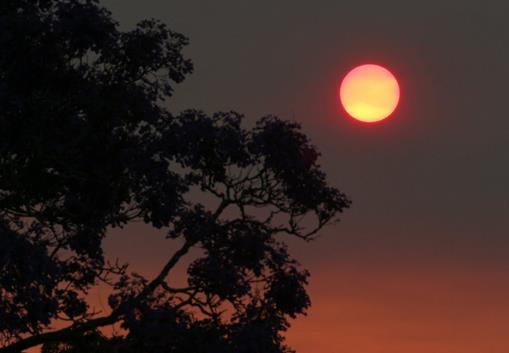
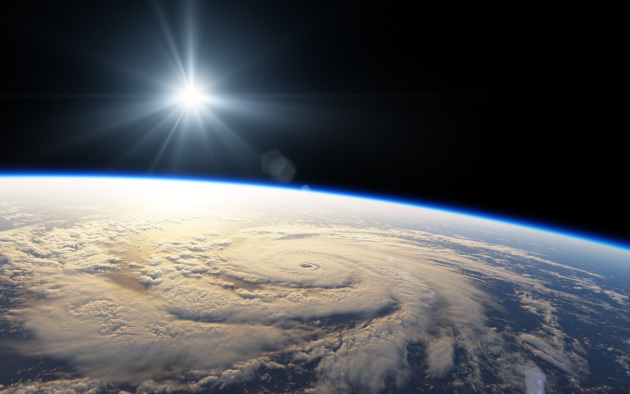
This Is The Only Way to Fight Global Climate Change. Fortune has the Op-Ed; here's an excerpt: "...Fourth, start rapidly ramping up investments in the energy infrastructure of the future. It’s poor planning to build more oil and gas pipelines when we clearly can’t be relying on them in 10, 20, or 30 years. Renewable energy infrastructure should be the sole focus for U.S., China, and India going forward and nations should support each other’s efforts, rather than undermining them within the WTO. The price point is behind us on this. There’s no good argument anymore for weak investments or laissez-faire strategies. This is where the economic growth opportunity is and it comes with an immediate health and climate co-benefit..."
Photo credit above: Carlos Barria — Reuters.
No comments:
Post a Comment